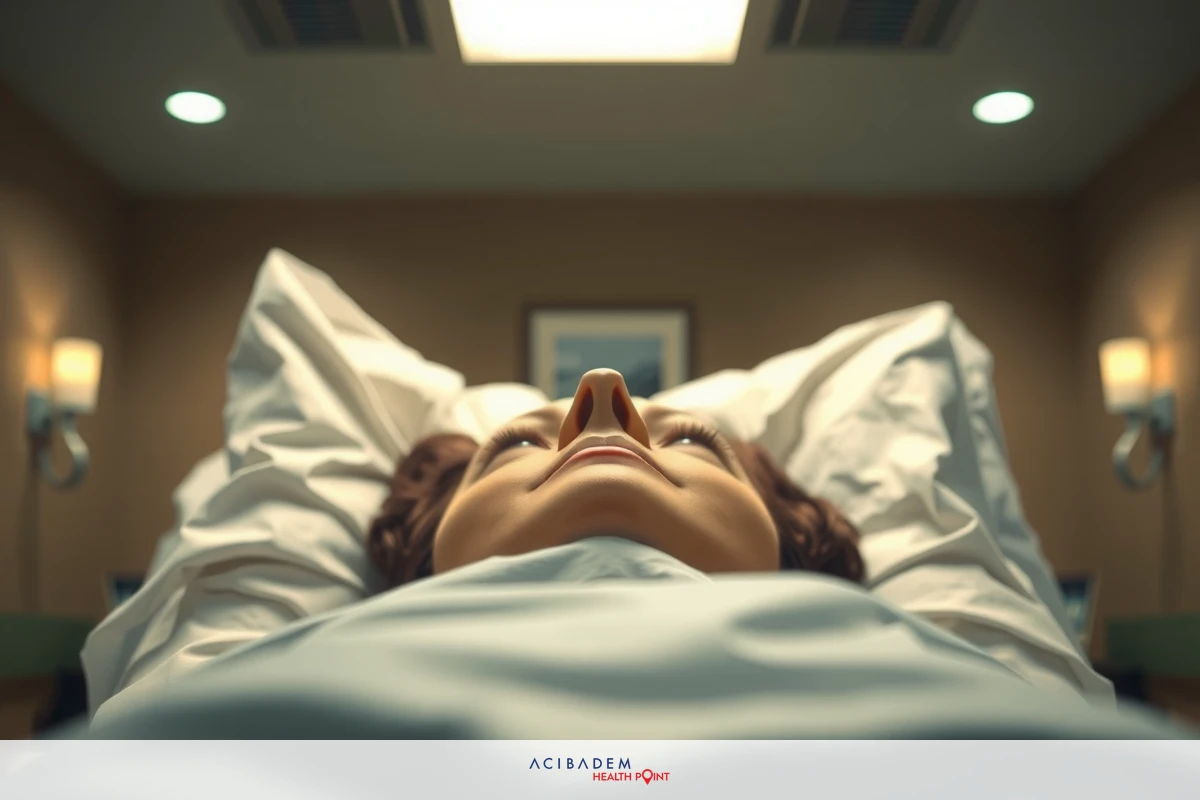Will Nostrils Even Out After Rhinoplasty?
Will Nostrils Even Out After Rhinoplasty? Rhinoplasty, a term that might stir up an imagery of extreme makeovers for some, is simply the reshaping of one’s nose. It carries with it an air of mystery and intrigue. Can one’s nostrils truly even out after such a procedure? This question may have crossed many minds.
Asymmetry in nostrils post-rhinoplasty is not uncommon. There are myriad factors at play here – from inherent anatomical differences to healing responses unique to each individual. Each person’s journey towards symmetry or asymmetry is as distinct as their fingerprint.
The path towards understanding involves examining various elements influencing this outcome. From the surgeon’s skills to post-operative care routines, every element carves its own impact on the final result. The quest for balance between our two nostrils can indeed be complex and multifaceted.
Will Nostrils Even Out After Rhinoplasty? What is Rhinoplasty?
Rhinoplasty, often referred to as a “nose job,” stands tall in the world of cosmetic surgery. This meticulous surgical procedure aims at enhancing the nose’s appearance or functionality or both. The spectrum of changes that can be brought about through rhinoplasty is vast—altering size, smoothing out humps, narrowing nostrils, changing angles between noses and upper lips are just scratching the surface.
A surgeon wielding expertise in rhinoplasty acts much like a sculptor crafting an exquisite piece of art. Their canvas? A complex structure comprising bone, cartilage, skin and numerous minute elements that come together to form what we recognize as our nose. It’s not merely an exercise in aesthetics; every incision affects your ability to breathe easy too. Thus ensuring this enhancement does not compromise function forms one critical aspect of this procedure.
Contrary to common perception, rhinoplasties aren’t always driven by cosmetic motivations alone; they’re also considered for medical reasons when breathing issues or trauma-induced deformities are involved. So while some people might opt for it hoping their new profile would even out their facial features better others might need it simply because they wish to breathe easier.
Nostril Asymmetry
In the realm of rhinoplasty, one factor that emerges as a common concern is nostril asymmetry. Post-surgery, patients often find themselves looking at mirrors apprehensively, searching for signs of perfect symmetry. However, the reality is that absolute symmetry isn’t always guaranteed in this domain – an interesting facet to consider when you’re hoping your nostrils will even out after surgery.
Nostrils are intricate structures entailing various elements like cartilage and soft tissues; their shape post-rhinoplasty depends on how these factors behave during healing. It’s crucial to note here that each individual’s healing process can be unique. In some cases, swelling might subside unevenly leading to apparent asymmetry early on post-op which could resolve or diminish considerably over time as the body continues its recovery journey.
Addressing nostril asymmetry involves understanding it first—a task easier said than done given how subjective perceptions about what constitutes ‘perfect’ symmetry can be! At times all it takes is minor touch-ups under local anesthesia while in others a more extensive revision rhinoplasty may become necessary depending upon how severe the asymmetry is and other contributing factors involved. Ensuring open communication with your surgeon throughout pre-op discussions and follow-up visits plays a vital role here so any concerns can be addressed promptly and effectively.
Factors Affecting Nostril Symmetry

In the pursuit of nostril symmetry after rhinoplasty, several factors come into play. Each one could potentially influence your final outcome, tipping the scales towards or away from desired symmetry. To help understand this better, let’s delve deeper and shed light on these elements.
- Surgical Technique: The skill level and experience of your surgeon can significantly impact nostril symmetry post-rhinoplasty. Precision in making incisions and placing sutures plays a crucial role here.
- Healing Process: The body’s healing response is unique to each individual which means swelling might subside unevenly causing temporary asymmetry that evens out as recovery progresses.
- Pre-existing Asymmetry: Often patients have some degree of natural asymmetry pre-surgery; achieving perfect balance post-rhinoplasty in such cases might be challenging.
- Post-operative Care: Following instructions for care after surgery also affects the result – inappropriate pressure due to sleeping position or not wearing splints correctly could lead to unintended changes in nose shape.
Understanding these factors helps set realistic expectations from a rhinoplasty procedure when it comes to achieving nostril symmetry while keeping us aware that even with best efforts perfect balance isn’t always guaranteed but rather an endeavor towards improvement over any previous imbalances present before surgery.
Frequently Asked Questions
When can I expect my nostrils to even out after rhinoplasty?
The healing process post-rhinoplasty is unique for each individual. While some might observe an evening out of their nostrils within a few months, others may need up to a year or more for the final results to become apparent.
Is it common for one nostril to be bigger than the other after rhinoplasty?
A certain degree of asymmetry immediately after surgery due to uneven swelling or bruising is quite normal. This generally resolves over time as your body continues its recovery journey.
What should I do if I notice persistent asymmetry in my nostrils post- rhinoplasty?
If you've noticed persistent asymmetry beyond the typical recovery period (a year or so), it's best advised that you consult with your surgeon. They could provide insights into why this might have happened and discuss potential options available such as revision surgery if necessary.
Can pre-existing nostril asymmetry be completely corrected through rhinoplasty?
Rhinoplasty aims at improving any imbalances present before surgery rather than ensuring absolute symmetry. It's important therefore, while considering this procedure, to set realistic expectations based on discussions with your surgeon.











